
I met my friend Rebekah when she was in the middle of treatment for breast cancer. She had three small children at the time, and getting meals together when she was sick was a horrible task. Neighbors and family members pitched in, but she still had to find the energy—and the desire—to eat once the meals were prepared.
I learned one thing from watching Rebekah: food counts, even during cancer treatment. You have to eat well enough to keep your body functioning without overloading it. Macronutrients like protein and carbs are essential, and so are the vitamins, minerals, and other nutrients that keep immune systems working optimally.
The best foods for chemo patients to eat may vary from household to household, but they seem to be easy to digest, easy on the immune system, and easy to prepare. If you’re interested in learning more, read through this list of the best food for chemo patients. At the end of this article, I’ll share a selection of tips for using food to ease the process of chemo treatment.
Best Foods For Chemo Patients
Oatmeal
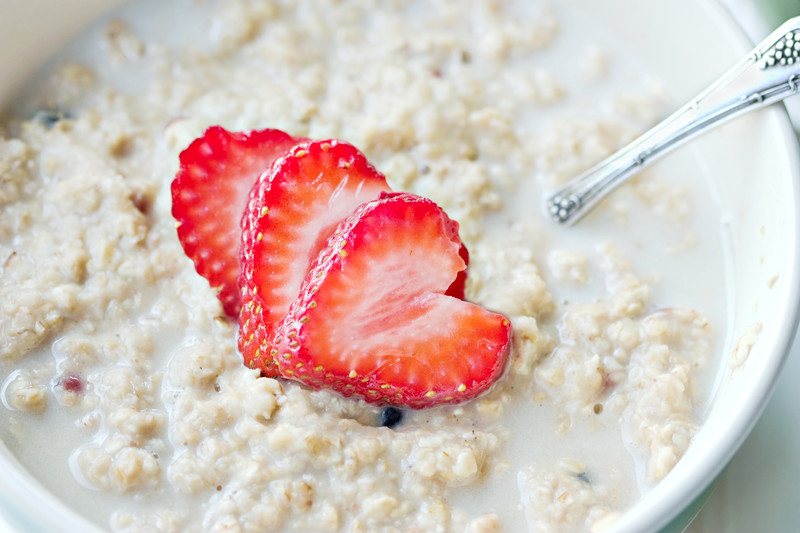
Oatmeal is a great food to eat during chemo for several reasons. First, it’s easy to make even when you’re not feeling well. A pouch of microwaveable instant oatmeal only takes about two minutes to make and has enough fiber to keep your digestive tract moving even when you can’t do anything but lay on the couch. You can also opt for steel-cut oats or oatmeal made from rolled oats for an easy meal with plenty of nutrients but a lower glycemic index.
Oatmeal has a nice nutrient profile with antioxidants, healthy fats, and soluble fiber like that found in beans and legumes. One form of soluble fiber in oats, called beta-glucan, causes the oats to digest more slowly than other foods, and it feeds the good bacteria in your gut. This can be calming and soothing when you’re too sick to eat a lot, and it can hold you over from meal to meal on the toughest days.
Dandelion Tea

While dandelion tea is still on the fringe of scientific discovery and research, anecdotal evidence suggests that it has the possibility to cause several types of cancer cells to die, without hurting the healthy cells around them. This process, called apoptosis, seems to be affected by dandelion root extract. The research is promising, but it’s still in its early stages.
Meanwhile, many chemo patients drink dandelion tea to help detoxify the harsh effects that chemotherapy has on their bodies. It’s cleansing and supportive for the liver and kidneys. It’s also easy to make and drink when you’re not feeling well. For people who aren’t into tea, dandelion root can also be taken as a powder, as capsules, or as an extract (but check with your doctor first!).
Yogurt
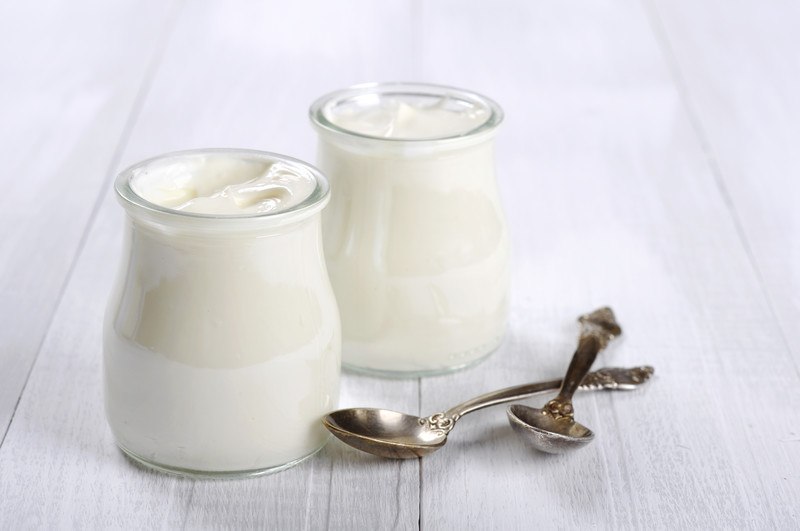
Yogurt contains probiotics that can help keep the gut flora healthy. Greek yogurt also contains extra protein, which can help with energy levels during chemotherapy treatments.
The American Cancer Society suggests keeping small, protein-rich snacks close by that are easy to eat throughout the day. Yogurt is included on the list of suggested foods, and it makes sense: keeping yogurt on hand allows you to eat whenever you want to and get the nutrients you need without overloading your digestive system.
Consider looking for pasteurized yogurt and other pasteurized dairy products. This could help reduce the possibility of microbial infections during treatment. You lose out on the probiotics when the yogurt is pasteurized, but do get a safer product.
Crackers
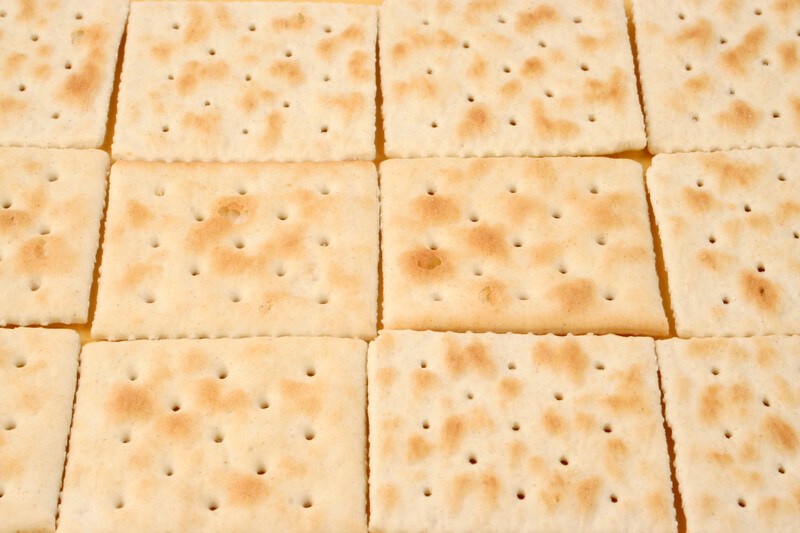
Crackers are an old standby for any time you have nausea and vomiting, and that includes tummy troubles during chemotherapy. Crackers are a relatively bland food, so they could have fewer triggering effects than strong-flavored or spicy foods. Also, because they’re packaged, there’s no prep time.
Chemo patients can nibble on crackers throughout the day as needed. Plain salted varieties are a good choice, because they have a little flavor without being overwhelming, and they digest easily. The salt from the crackers could also help replace electrolytes lost through vomiting or diarrhea.
One other nice thing about crackers is that they’re easy to make full meals out of. If you feel up to it, you can top crackers with cheese, sun-dried tomatoes, tuna salad, or avocado slices to increase your nutrient intake.
Peppermint Tea
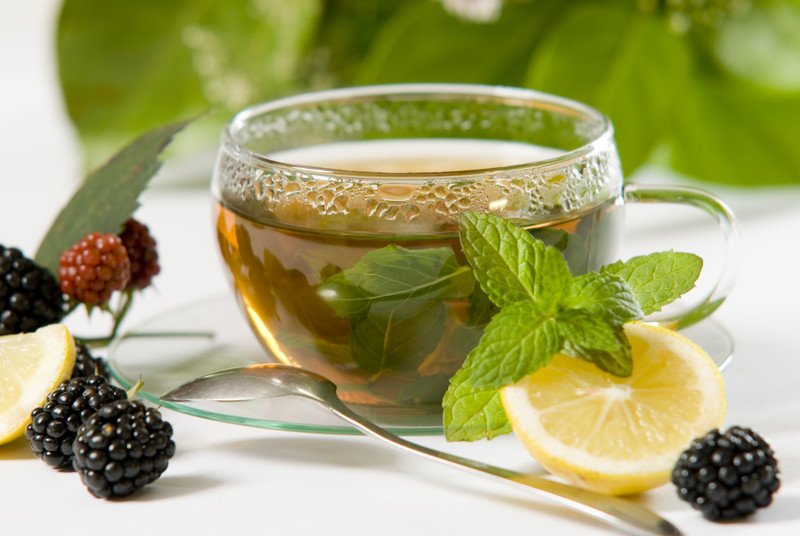
Peppermint tea is an old herbal remedy for nausea and vomiting. It’s been proven to work for even chemotherapy-induced tummy troubles. The health benefits of peppermint come from several compounds in the plant, including one that soothes pain receptors in the intestines. It also has a relaxing effect on the muscles in the gastrointestinal tract.
One study has shown that just smelling peppermint was enough to stop nausea following surgery.
There’s something else you should know about peppermint: besides being soothing for digestive issues, it’s also antimicrobial and antiviral. This could help your immune system when it’s low and help protect you from getting sick from germs during your chemotherapy treatment.
Cabbage Soup

Cabbage soup is an easy, nutrient-laden soup that can help patients on chemotherapy get the nourishment they need. It’s simple to make even without a recipe: just add a package of pre-cut coleslaw to a pot filled with tomato juice, add your other favorite vegetables, season it, and simmer it until you’re ready to eat.
The flavorings are up to you, which is nice because the way things taste can change when you’re undergoing chemotherapy. You can perhaps try different spices and see if any will appeal to your taste. The real benefit comes from the cabbage, which is a cruciferous vegetable containing a compound called sulforaphane. While sulforaphane doesn’t address nausea or vomiting, it does help to fight some cancers, and that could aid your treatment.
Toast

Like crackers, toast is an easy, bland food that you can nibble on all day if you’re feeling sick. It also makes an easy meal if you feel up to adding cheese or tuna, and you can toast several types of bread to get the flavors you want.
One interesting thing about toast and bread is that they can act like a sponge in your gastrointestinal tract. If you’re vomiting a lot, eating toast can help soak up some of the digestive juices, and that could be enough to settle an upset stomach.
White Bean Soup

The American Cancer Society suggests making an easy soup out of canned white beans and rotisserie chicken. The meal is fast, easy, and a good source of protein. The beans are packed with fiber, which could help your stomach stay full longer so you don’t get nauseated from being hungry.
There’s another perk, too. Some beans, including navy beans and black beans, have been shown to inhibit colon cancer in rats. The fiber in beans has also been linked to a reduced risk of breast cancer, too—so depending on the type of cancer you’re fighting, beans might be a great choice to aid your chemo treatments.
Ginger Tea

Ginger tea, like peppermint tea, is an age-old home remedy for stomach ailments. New research backs the tradition up. One study has shown that women with advanced-stage breast cancer who take ginger with anti-nausea medications immediately after having a chemotherapy treatment are less likely to have nausea than those who don’t.
Ginger has other health benefits that may indirectly help during chemotherapy treatments. It has anti-inflammatory properties, and it contains a substance called gingerol that’s known to help fight cancer.
Ginger has been studied as an alternative cancer remedy for colorectal cancer, pancreatic cancer, liver cancer, breast cancer, and ovarian cancer. While the research looks promising, more studies are needed to investigate exactly how ginger works, what types of cancer it works on, and how well it works to fight cancer cells.
Cruciferous Vegetables
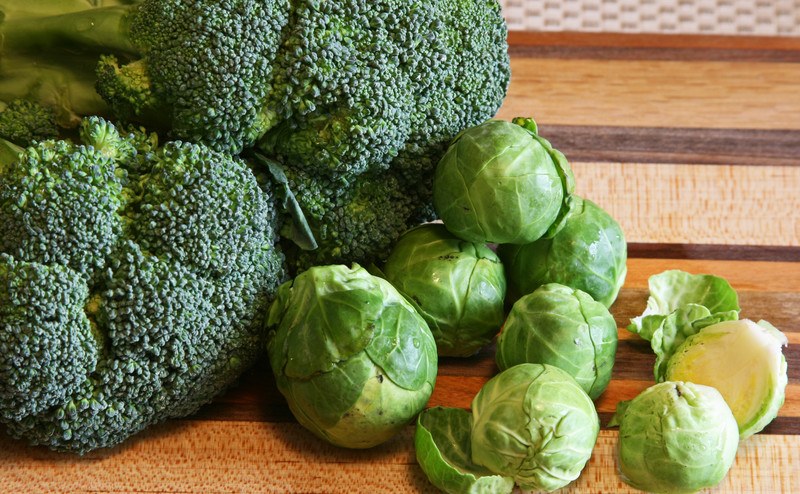
Cruciferous vegetables contain fiber, potassium, and other nutrients that can help keep bodies functioning well. They also contain compounds called glucosinolates, which break down into other compounds that fight inflammation. This effect helps to lower the risk of cancer.
Cruciferous vegetables also help inactivate carcinogens, and they have both antimicrobial and antiviral properties that could help keep people undergoing chemo from catching germs that would make them sick.
One interesting glucosinolate compound found in cruciferous vegetables is sulforaphane, which could help reduce cancer cell growth. More research is needed to see whether it could be used to inhibit cancer growth in humans who already have cancer, but the overall consensus is that eating cruciferous vegetables could help prevent cancer. In patients undergoing chemotherapy, preventing new cancers from growing or old cancers from spreading could be a top priority.
Eggs
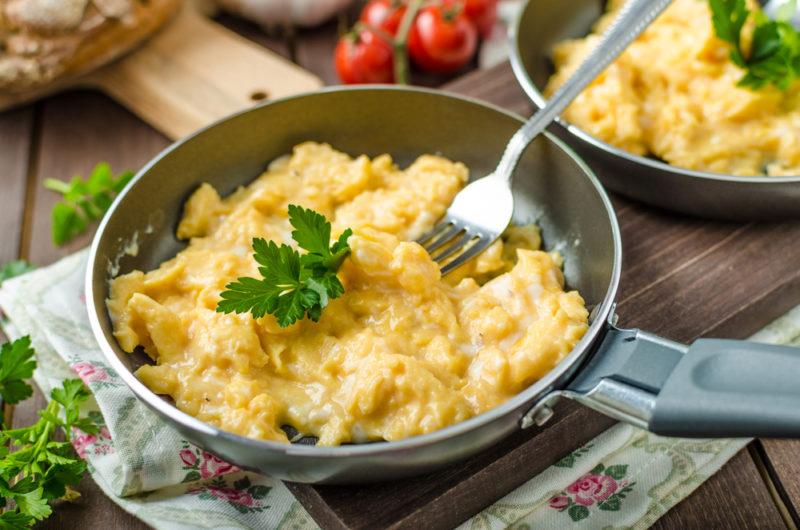
Eggs are a very balanced food containing fats and proteins that could help chemotherapy patients get the nutrients they need. They are high in vitamins and minerals, and are very easy to prepare. Eggs are just one of the many lutein-rich foods which along with zeaxanthin are known to be disease-fighting compounds.
However, because the immune system functions at a lower level during chemotherapy, it’s important to avoid raw or undercooked eggs that may contain microbes. Eggs can be a healthy choice as long as they’re cooked thoroughly.
Lugaw

Lugaw, a Filipino chicken and rice dish, is a tasty soup that contains chicken, rice, a variety of vegetables, and fresh ginger and garlic. This interesting mixture combines the natural home remedy effect of chicken soup and ginger tea with bland, easy-to-digest rice, making it a great choice for chemo patients suffering from nausea.
The ginger can also help reduce inflammation and fight cancer. Some recipes call for cruciferous vegetables, such as baby bok choy, which bump the cancer fighting properties even higher. It’s also great served with toast or crackers.
Bananas
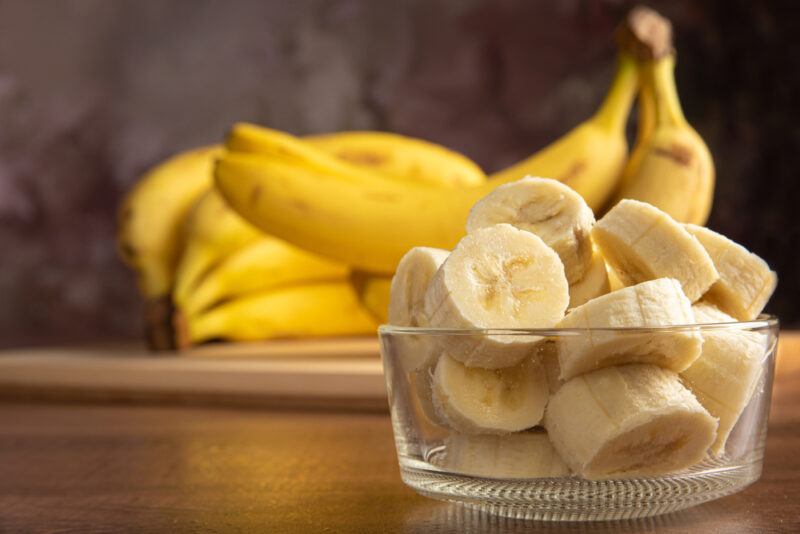
Bananas tend to be easy to eat and easy to digest, particularly when they’re fully ripe. They’re soft enough that people with swallowing difficulties can eat them with ease. They’re also easy to find and require no prep work – always a good thing when you’re not feeling well.
There are also plenty of valuable nutrients present, including vitamin B6 and vitamin C. These are all fantastic for your health – and are easy to keep down even when you’re feeling nauseous.
Carrots

Carrots might not seem like a good choice, as they’re pretty crunchy. However, they become very soft once cooked, are fairly easy to digest, and are delicious.
They’re also an important source of phytochemicals that can reduce oxidative stress, promote health, and perhaps even help fight cancer. We can’t forget about the regular nutrients as well, including vitamin C and various B vitamins. These are all valuable for your health.
You don’t need to stick with orange carrots either. There are plenty of varieties and colors out there, which all offer plenty of benefits.
Rice

Cooked rice is bland and easy to digest. That combo is perfect if you’re dealing with chemo-related nausea. In fact, rice is one of the key foods recommended for people with significant nausea. How perfect is that?
Brown rice is ideal, as it provides more fiber and nutrients than white rice. However, this is only helpful if you’re able to eat brown rice without an issue. Some chemo patients may be able to do so, while others may need to stick with white rice instead.
Cooked Apples

Apples become very soft and often sweet once they’ve been cooked, which makes them ideal during chemo. You’re also getting plenty of nutrients and fiber from apples.
Their potassium content is helpful too. This mineral is important for your fluid balance and reduces the risk of fluid retention. The effect is particularly important for chemo patients, as the treatment can easily lead to water buildup.
Milkshakes

Milkshakes are a popular choice during chemo. Like many other entries on this list, they often don’t have an intense flavor, which makes them easy on your stomach. Many cancer patients mention that they’re still able to enjoy shakes, even when other foods aren’t appealing at all.
Milkshakes are also incredibly versatile. There are endless flavor combinations, along with plenty of ingredients that you can add into them. You can also make them as sweet as you want. While extra sugar isn’t great for your health, it can help you to get the shake down if your appetite is limited.
You might even add in protein powder to create a protein shake, which makes the whole thing even more filling. Some protein powders also include a variety of nutrients. These are perfect if you’re struggling to eat.
If you’re sensitive to lactose, you could make these shakes using lactose free milk instead of regular milk. Or, you could simply turn to plant-based milk (there are plenty of types to choose from).
Pureed Foods

Pureed food isn’t just for babies. It can be helpful for adults who struggle to chew and for chemo patients as well.
The trick is to look for adult-focused recipes. These will typically have more flavor than any pureed foods made for babies. You can also choose the final texture. This could involve leaving some larger chunks of food, rather than creating an even texture throughout the dish.
Smoothies
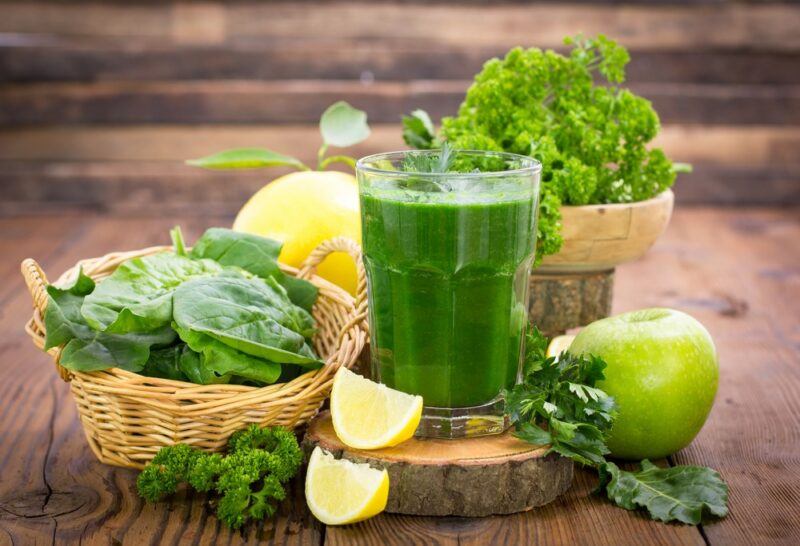
Smoothies are another excellent choice, particularly if you’re making them at home. Like milkshakes, they can have a creamy texture that makes them easy to consume.
There’s also no end of the ingredients that you can add, including fruits, vegetables, sources of protein, and fats. In fact, smoothies are a fantastic way to increase your vegetable intake. You can easily ‘hide’ vegetables in there, like spinach, and consume them without ever tasting them.
Think about the recipe when you’re making the smoothie. It’s easy to misjudge the proportions and end up with a sugar heavy smoothie or perhaps one with very little protein.
Avocado
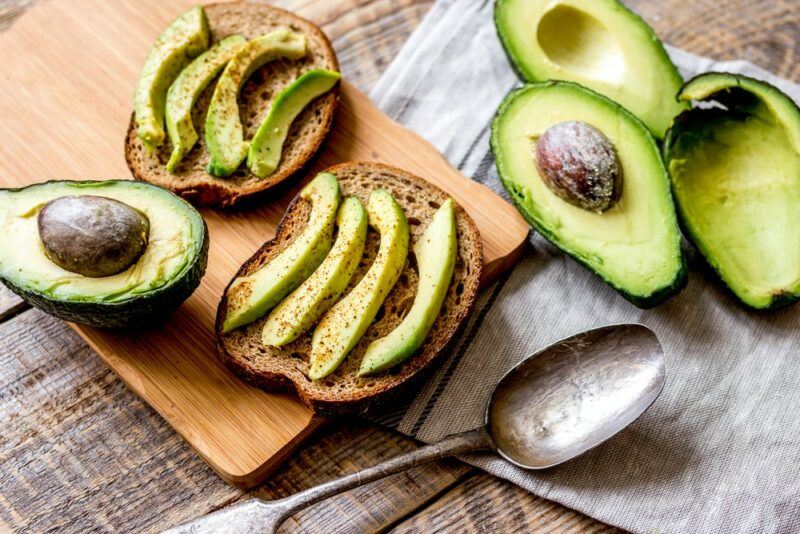
Avocados are surprisingly good for chemo. They’re delicious and creamy, which makes them easy to enjoy even when you don’t have much appetite. Even their high calorie content is helpful, as many chemo patients aren’t getting enough calories and risk losing too much weight.
Well Cooked Fish

Fish is famous for its health benefits, particularly because of the omega 3 fatty acid content. Going through chemo doesn’t mean that you need to skip fish – quite the opposite.
The omega 3s in fish could help with health in many ways, such as by decreasing inflammation and boosting your immune system. Of course, fish offers much more than just omega 3. There are also plenty of nutrients, which help to keep your body functioning as best as it can.
Then, there’s the protein. You still need plenty of protein to help your body repair and recover – and fish is an excellent place to turn. Just make sure that you cook the fish well. Don’t take a risk on undercooked or raw fish, as your immune system is already compromised.
Mashed Potatoes

Finally, we have mashed potatoes. They’re a classic choice, as they’re easy to eat and digest. They’re also a fantastic comfort food.
Also, while we’re used to thinking about potatoes as being unhealthy, they do contain a surprising number of nutrients. You can also use spices to make them a bit more interesting, without making them too overwhelming.
Quick Food Tips For Thriving Through Chemo
Now that you’ve read about the best foods for chemo patients to eat, there are a few tips and tricks to consider as you plan your chemo-therapy meals.
Focus On Bland Foods
Eat bland foods whenever possible. Foods that have too strong a taste or scent, or that are too spicy, can set off bouts of nausea and even vomiting.
Avoid High Fat Foods
Fatty and greasy foods are often a nightmare for chemo patients. They can easily trigger nausea and make you feel much worse. That’s why many of the foods on this list are both bland and fairly low in fat.
Experiment With Your Food
Chemo treatments vary, as do people’s responses to them. Because of this, the same food practices don’t work for everyone. Some chemo patients even find that they’re only able to eat spicy foods and struggle with anything plain.
This means that you should experiment. Try different foods out and see which ones make you feel good. You might be surprised.
Cook Your Food Thoroughly
Cook all your food thoroughly. This is important because raw foods can contain microbes, and people undergoing chemotherapy may not be able to fight them off because their immune systems won’t be working optimally.
This doesn’t mean you have to cook all your food to mush, though. Lightly steaming vegetables for about three minutes helps keep the nutrients while killing off microbes, so you can get the best nutrition while staying safe.
Focus On Food Safety
Food safety doesn’t stop with cooking your food well. Chemo patients need to be careful about any other potential areas of contamination.
This includes practices like washing fruits and vegetables well, including washing any pre-packaged salads from the store. Be sure to wash your hands regularly in the kitchen too and use different tools for fresh food and raw meat.
Such practices are crucial as your immune system is compromised. Even a relatively minor case of food poisoning could have serious negative effects.
Eat Small Meals Slowly
Chemo patients often find small meals easier to handle, especially if they don’t have much appetite. So, rather than three large meals a day, try breaking them down into six smaller meals.
Eating slowly helps as well. This reduces the risk of nausea and can improve digestion.
Look For Creative Solutions
Some chemo patients turn to miracle berry tablets to help them enjoy food again. These tablets come from an exotic red fruit called the miracle berry, which has the unusual ability to make sour and bitter foods taste sweet.
The ability to change the taste of food like this can be powerful for some chemo patients. While the approach mightn’t work for everyone, it’s certainly worth trying.
Another trick is to peel citrus fruit before eating or use citrus oil in a diffuser. Doing so can help, as the scent of citrus helps to stimulate the appetite.
Those are just two approaches. Forums and Reddit threads are often filled with suggestions from chemo patients, talking about what worked and didn’t work for them.
Share Tips With Others
Share your best comfort foods with others. As you go through chemotherapy, you’ll find foods that work better for you than others. Posting your finds in social media groups can inspire others who are going through chemotherapy, and it could give friends and families ideas of foods they can prepare for you, too.
Use Chemo As A Healthy Eating Reset
As you end your chemotherapy treatment, remember to include foods like cruciferous vegetables, healthy teas, and fiber-filled foods in your daily diet. This can help reduce the risk of new cancer cells from growing, while promoting overall health.
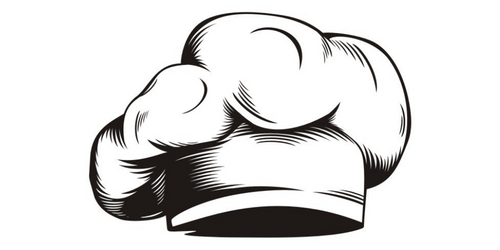
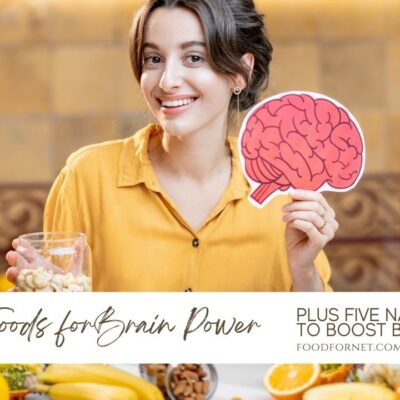


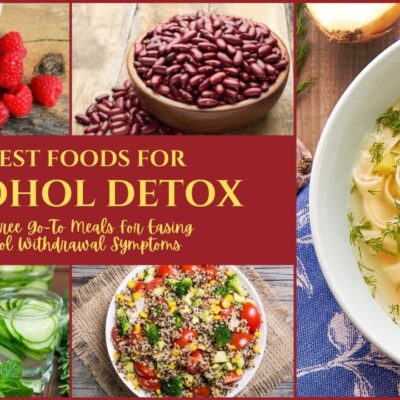


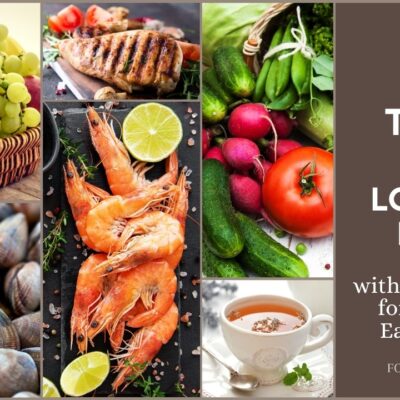


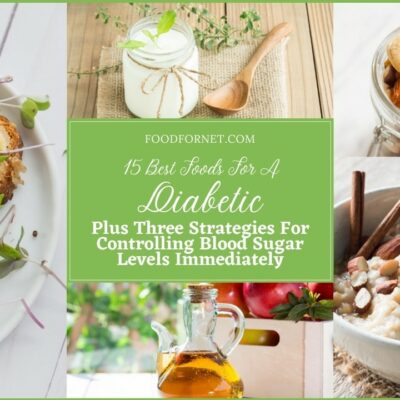
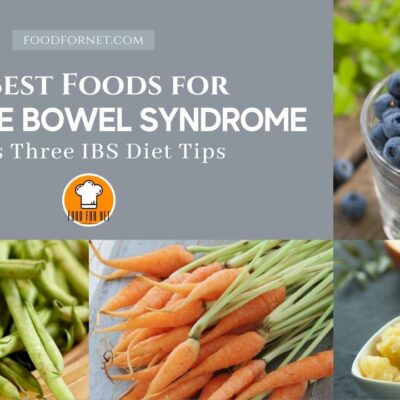




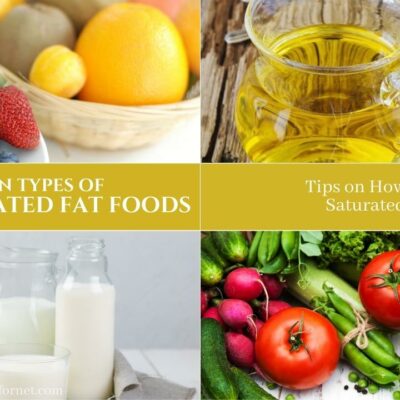
 Buy Fresh Strawberries Online From These 6 Websites
Buy Fresh Strawberries Online From These 6 Websites
My husband is starting chemotherapy on 12/14 2021 please send me any imformation that you can share to help us.